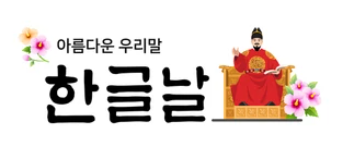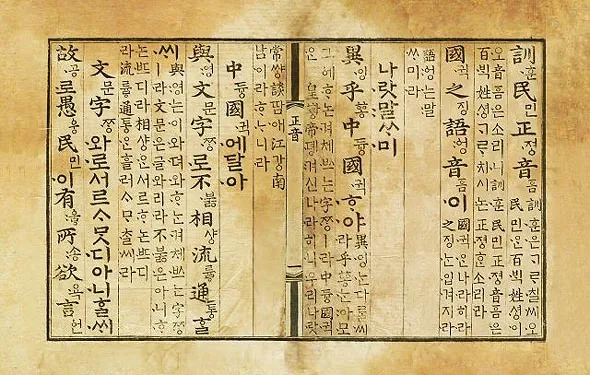Korean Cultural Center Brussels Closed on October 9, 2024

Korean Cultural Center Brussels Closed on October 9, 2024
In observance of “Hangeul Day” the the Korean Alphabet Day, the Korean Cultural Center in Brussels will be closed on October 9, 2024. We appreciate your understanding and wish you a pleasant day.

Hunminjeongeum (Korean: 훈민정음; Hanja: 訓民正音; The Correct/Proper Sounds for the Instruction of the People) is a 15th-century manuscript that introduced the Korean script Hangul. The name of the manuscript was also the original name of the script.
King Sejong the Great commissioned the royal research institute, the Hall of Worthies, to write the Hunminjeongeum to describe the writing system he had invented in 1443. The manuscript was then published in 1446.
Hunminjeongeum was intended to be a simpler alternative to the incumbent Chinese-based Hanja, in order to promote literacy among the general populace. It originally included 28 letters, but over time, four of those (ㆆ, ㆁ, ㅿ, ·) were abandoned, leading to the current 24 letters of Hangul.
Sejong the Great also commissioned the creation of a companion explanatory manuscript entitled Hunminjeongeum Haerye. In 1940, a copy of the Hunminjeongeum Haerye was discovered in Andong, Gyeongsang Province. An original copy of the document is currently located at the Gansong Art Museum in Seoul, South Korea. In 1962, Hunminjeongeum Haerye was designated a National Treasure in South Korea and was registered by UNESCO in the Memory of the World Programme in 1997.
